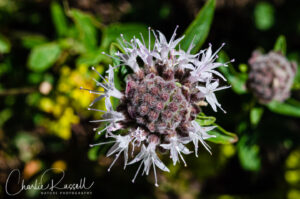
The hike to Galena Creek Falls is a nice higher-altitude hike suitable for mid summer, where you can see a variety of wildflowers when the lower elevations have finished up. It is a fairly busy trail and you’ll get a lot of sun exposure, but we had fun hiking there in early August 2020.
The Flowers
Here’s a sample of a few of my favorites from this hike (click on the image to see a larger view).
The most prevalent wildflower on this hike was Brewer’s lupine, a tidy little lupine that hugs the ground. This was found all along the trail in the sandy volcanic soils.
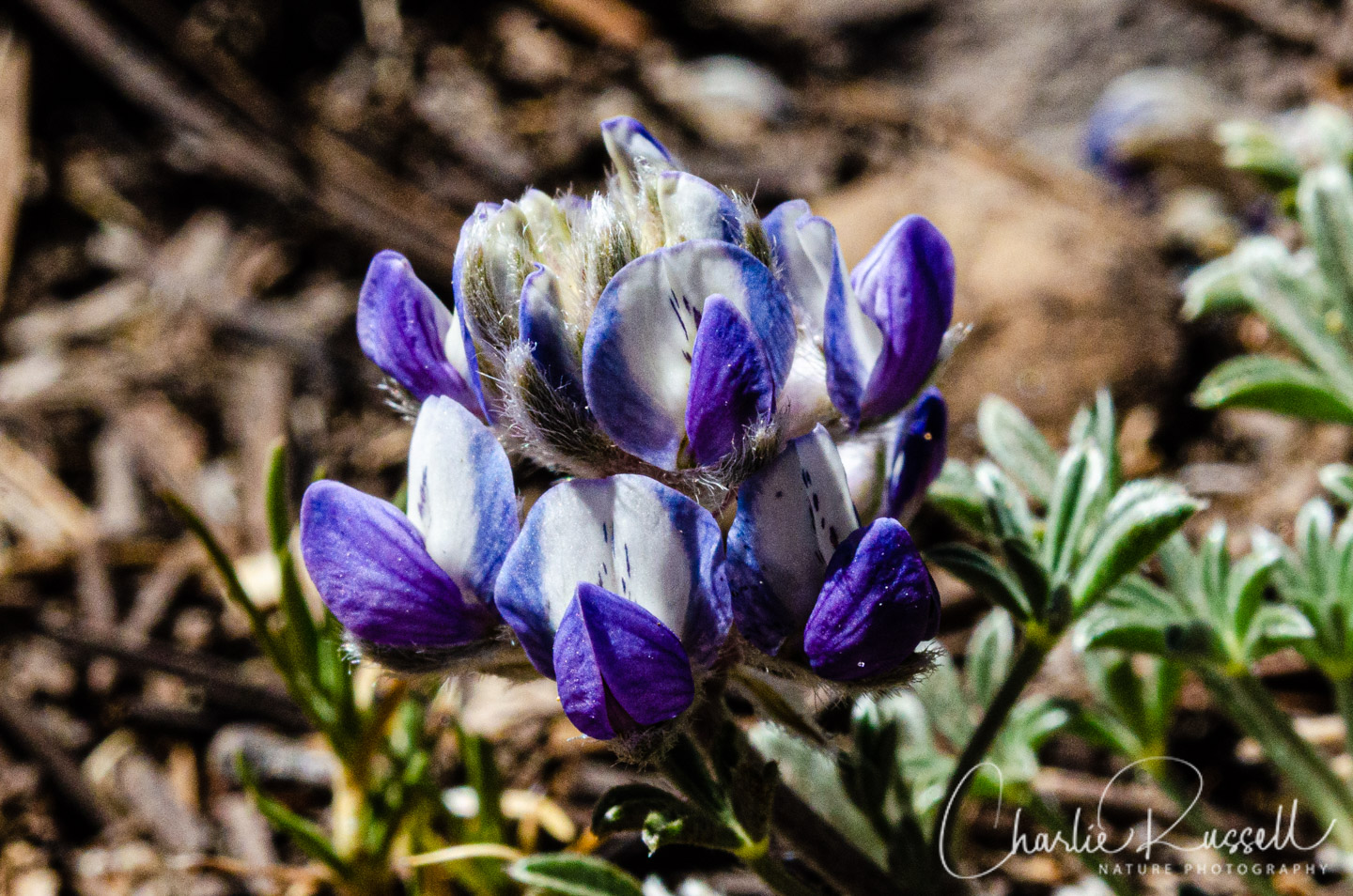
I found just ONE Dwarf monkey flower plant along the trail, near the start. The flower is about the size of my fingernail.
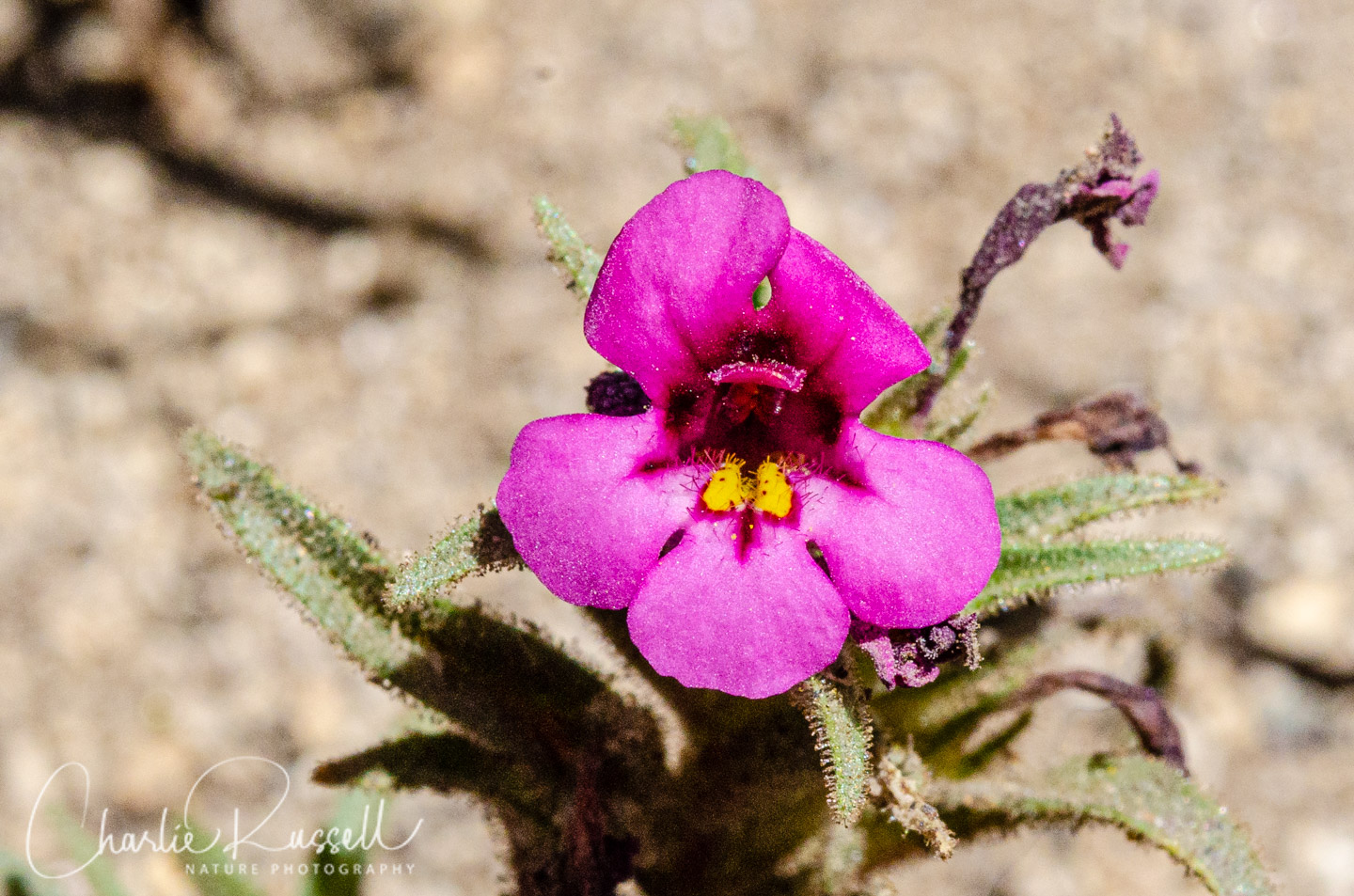
When you get closer to the falls there is an extensive meadow full of willows. There was one spot that was open on the edge that had a nice variety of wildflowers, including this Wandering fleabane.

Several spots had clumps of Tiling’s monkeyflower, both on the meadow edge as well as at the falls (both at the foot and at the top). It can be tough to differentiate this species from what we used to call Seep monkey flower (Erythranthe guttata). Generally Tiling’s is found at higher elevations, and the rhizomes are more thread-like. In my experience the plant tends to be more matted.
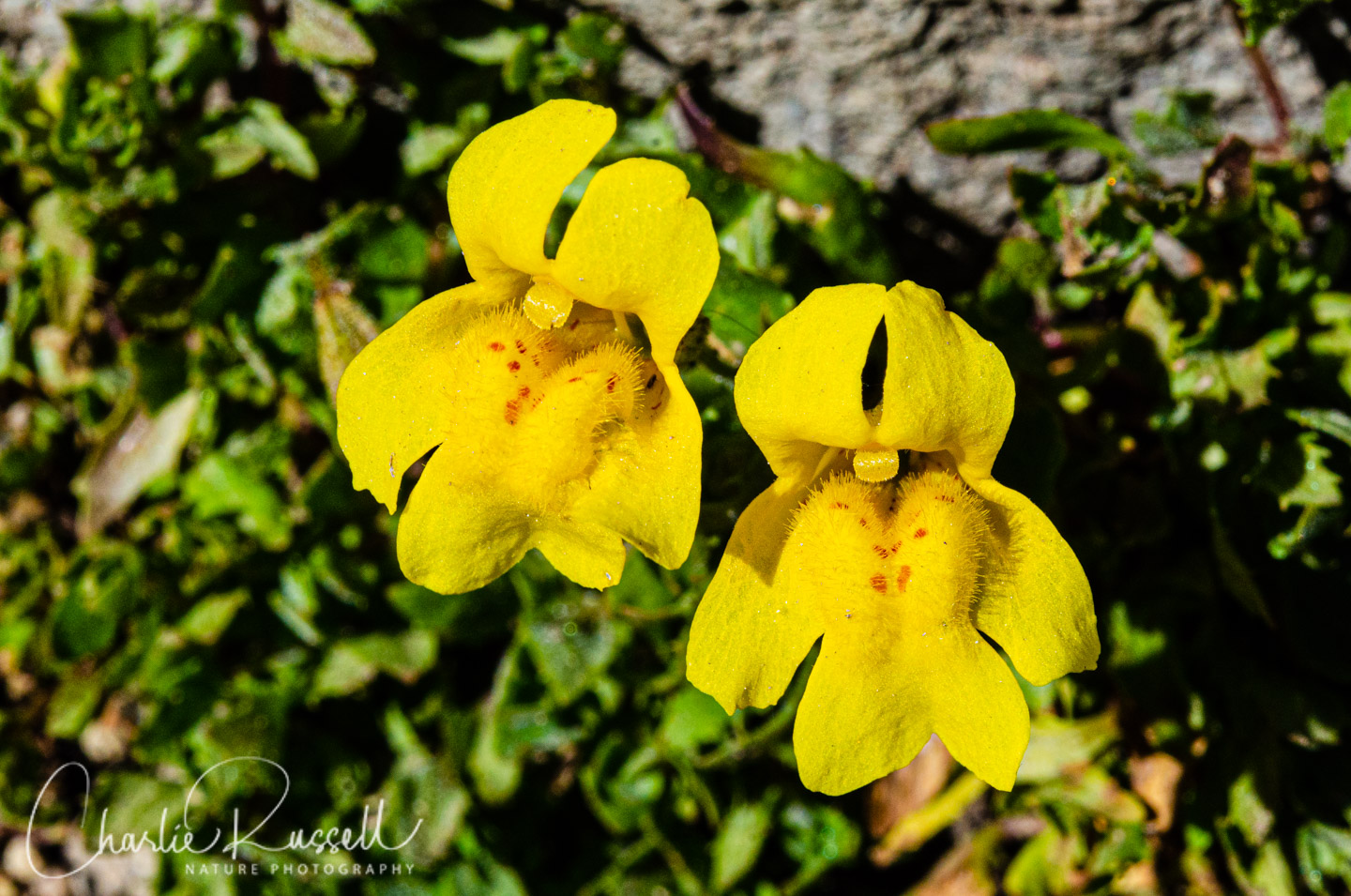
This was the first time I’ve come across Mountain carpet clover. I didn’t realize what it was until I got back home and processed the photos. Very tiny flowers, a matted plant, very similar to the non native subterranean clover (which doesn’t grow at this altitude).
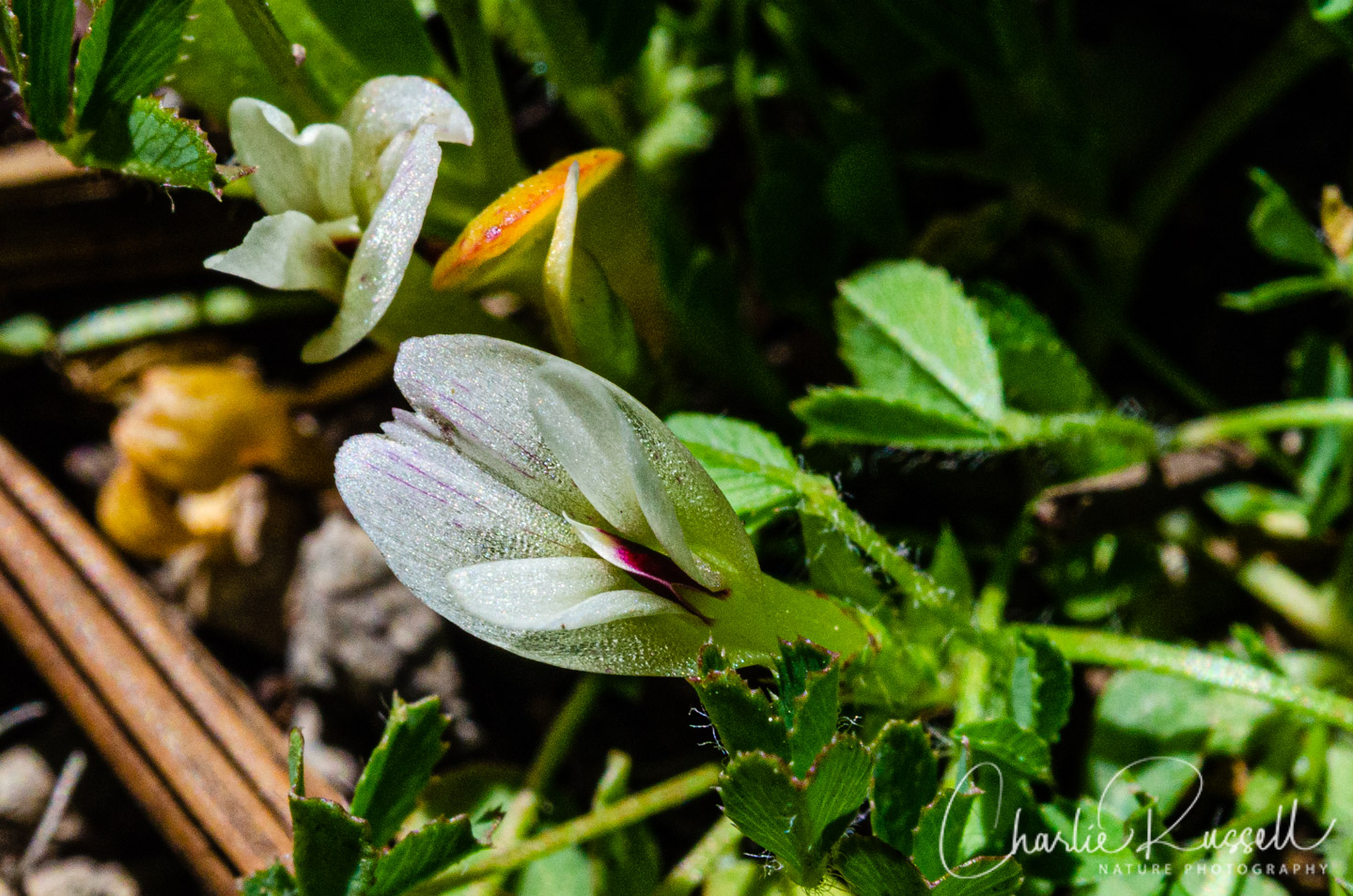
If you click on lightbox image below you will be able to scroll through all of the plants (and other things) that we found on this hike. All photos are available for purchase in a variety of formats.
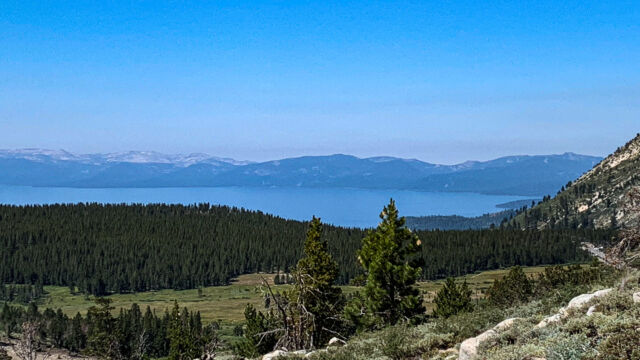

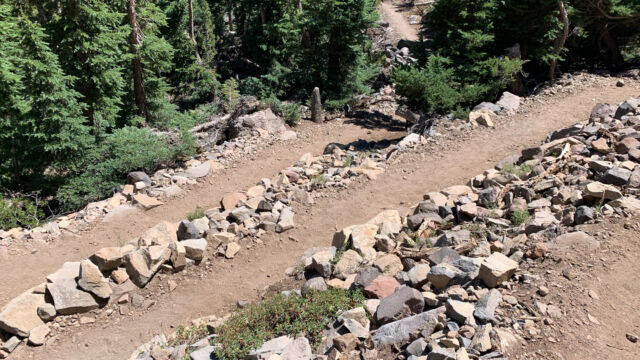
The Hike
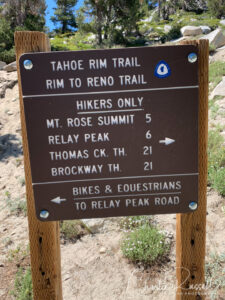
Starting at the southwest end of the Mount Rose trail head parking lot there are several options. This busy trail is a part of both the Tahoe Rim Trail and the Rim to Reno Trail. Some of the trails here are open just to hikers, some are open to mountain bikes and equestrians. The trail to Galena Creek Falls heads towards the Mt Rose summit, and it is open to hikers only.
Our hike was about 6.7 miles round trip (out and back), but that included an extra side trip looking for a second meadow that is past the top of the falls.
Most of the hike is fairly exposed and dry, with a small amount of intermittent tree cover. The soil is very sandy volcanic material, it doesn’t hold much water. But at the start you get some wonderful views of Lake Tahoe, with Tahoe Meadows in the foreground.
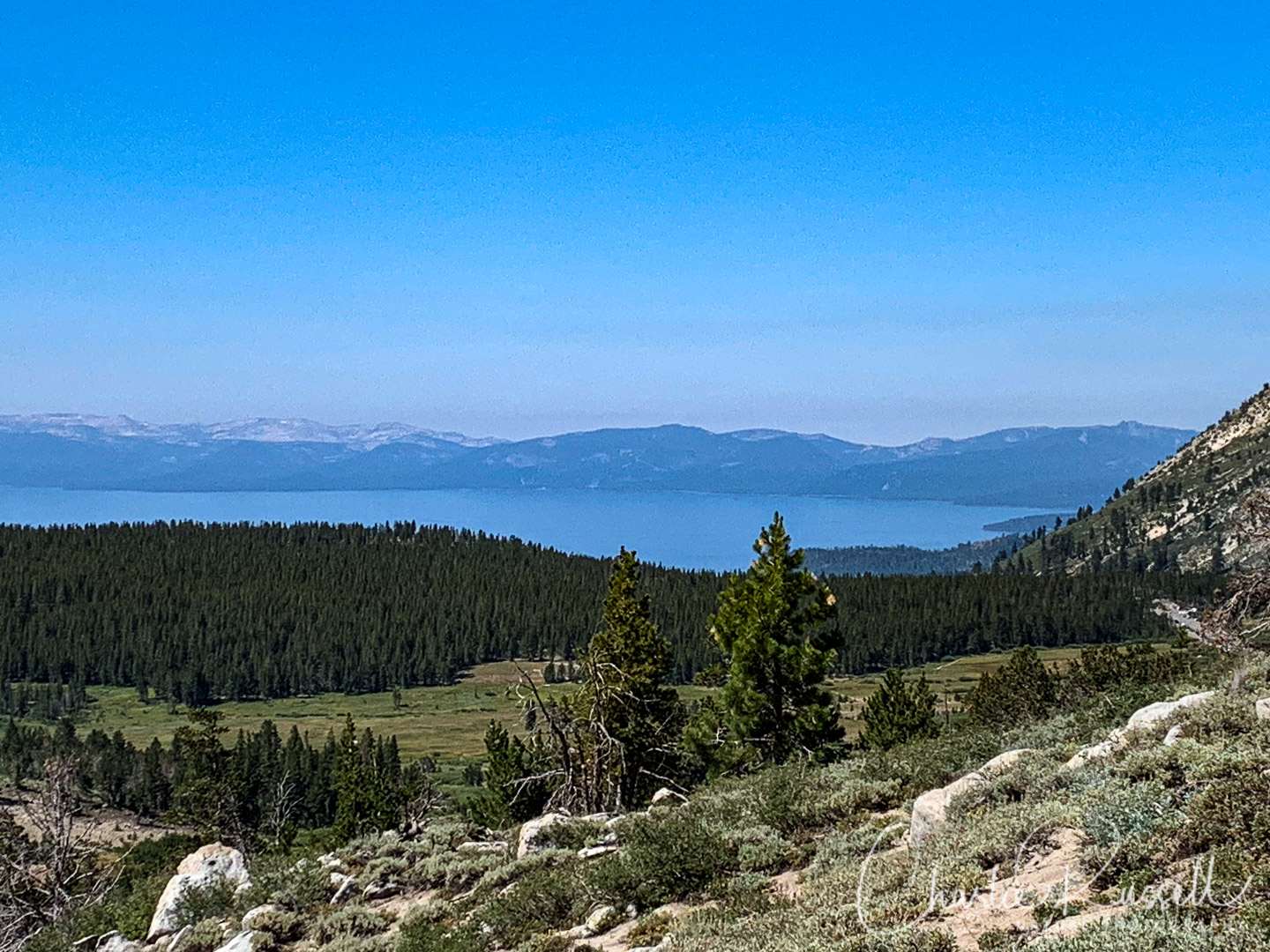
There are a few wildflowers along the dry, dusty trail, but most of them were past peak bloom (other than the Lupines).
Close to 3 miles in you’ll come to a large meadow full of willows. We just explored the very edge of this where the water was running through an open spot. We found quite a few interesting wildflowers here, more than we saw on the hike in.
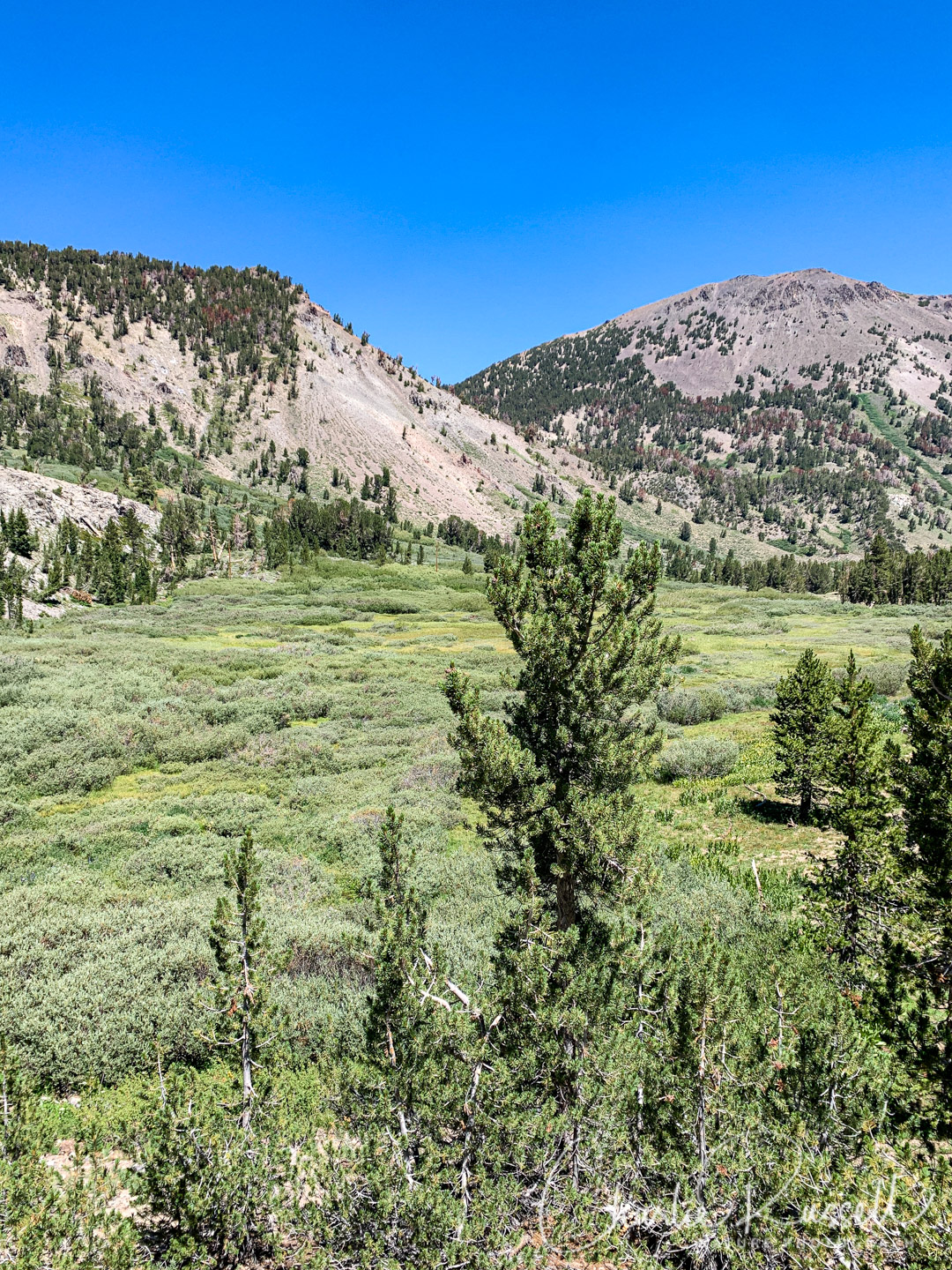
Not far past this you come to the foot of Galena Creek Falls. This time of year, with all the snow gone, it wasn’t what I would call an impressive waterfall.
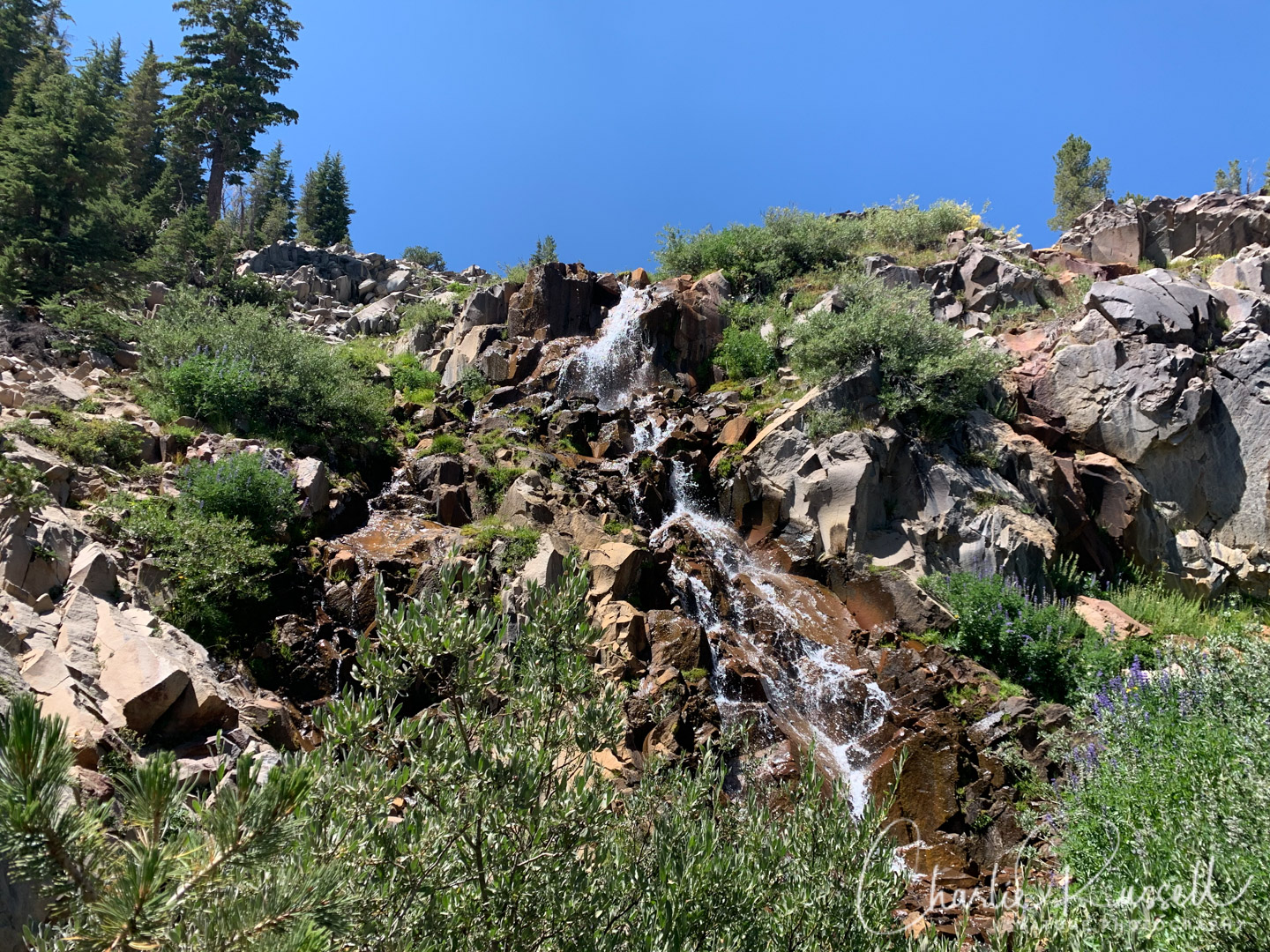
From here you have three options. This is a great time to turn around and head back, if you are so inclined.
Alternately, you can continue to your right, along the edge of the meadow, heading towards the Mount Rose summit. That will add at least another five miles to the hike, and another 1800′ of elevation. I’m told that there are some very interesting high-alpine wildflowers up there in some years.
Another option is to continue to your left, on a trail that zig-zags up to the top of the waterfall. This is a fairly energetic climb at this altitude, if you’re not acclimated. We took this option, because there is another meadow at the top of the waterfall, and I was hoping to find some different wildflowers up there. The top of the waterfall was interesting, and we did find a few additional wildflowers (paintbrush, willowherb). The meadow was further on than we had expected, and you have to either clamber down a slope to get to it or continue on for at least a half mile further to get to an access spot (the trail loops around). From what we could see, the higher meadow was finished blooming, it mostly was willows like the lower meadow, so we turned around. I think that earlier in the season, perhaps in a wetter year, this might be worth exploring.
Here’s the track that we followed:
Galena falls
Profile
Move your mouse along the elevation graph to show the location on the map. The Refresh icon will re-center the map. The Expand icon will expand to full screen.
Here’s a map of the area that shows some of the other trails. If you want a copy of the full map just click on the image. Our hike started at the “Mount Rose Summit Trailhead” and continued on the brown line until the placed marked as “9035 ft”. We continued up the squiggly blue trail to the top of the falls. Their distances don’t quite match what my GPS shows, but then I do wander a bit when I’m finding wildflowers.
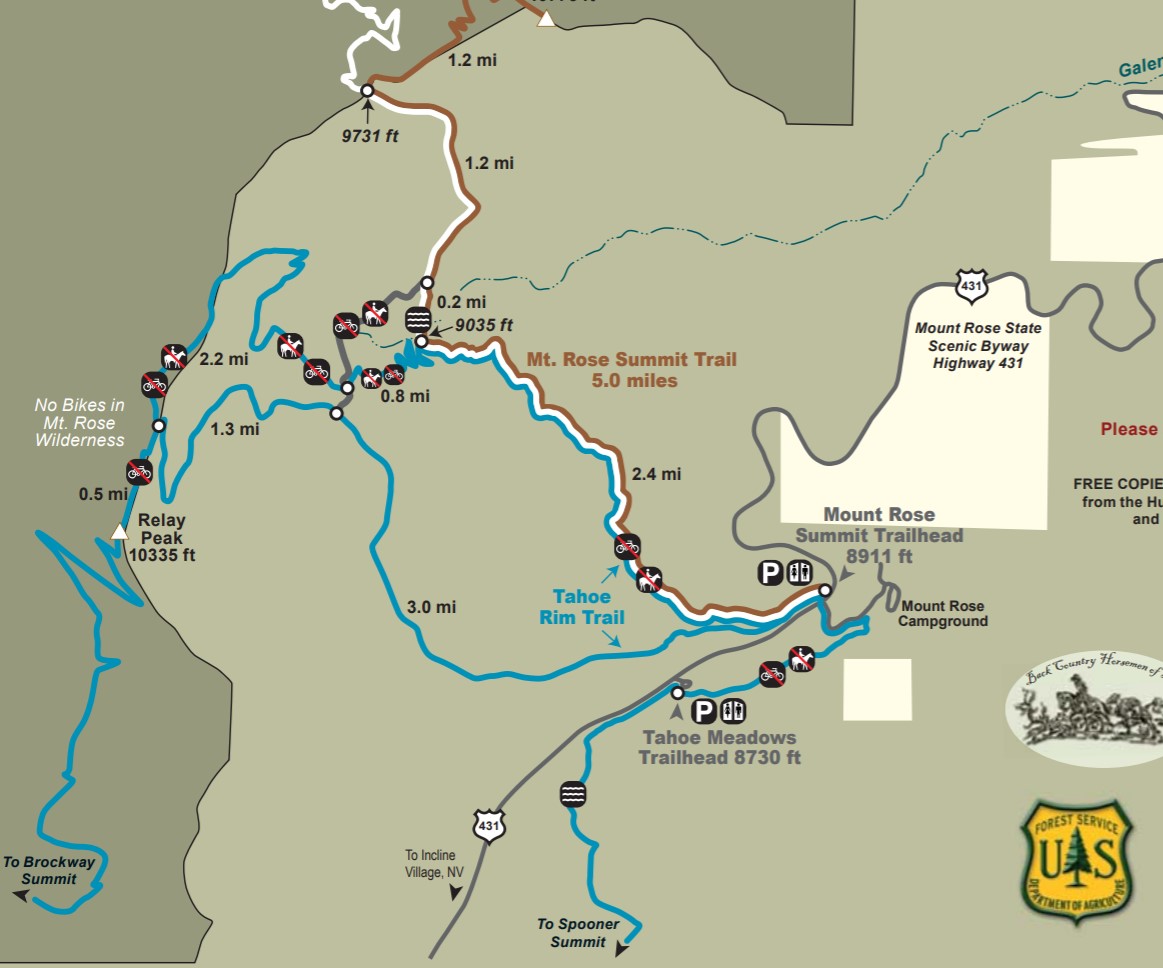
Directions
The trail head for Galena Creek Falls is on Highway 431, between Incline Village (Lake Tahoe) and Reno. From the roundabout at the junction of Highway 28 and Highway 431 in Incline Village you will go north on 431 for about 8 miles, until you see a large parking lot on your left. It also is about 20 miles south on 431 from Reno. You are looking for the Mt Rose Summit parking lot.
The parking lot is large, but when we visited on a weekday mid-morning it was already 2/3 full. I’m sure it will be jam packed on weekends.
There is a visitor center building there with permanent restrooms, but with the Covid-19 lockdown it was closed. There were several porta-potties next to the building (check out the large display of blushing monkeyflower right behind the porta potties.
Timing is Everything
In early August of a dry year the temperatures were in the mid to upper 70’s, which wasn’t bad. Pay attention to the weather forecast, you can get thunderstorms in mid to late summer months, and it can be quite windy on occasion. I think that this was past the peak for many of the flowers along the trail, although the meadow at the foot of the falls had a nice selection. Given the altitude, I’m not sure I would try this in June. July to early August would work. If you continue up to Mt Rose you may find more alpine wildflowers in mid summer, in a year that has more precipitation than we had in 2020.
Galena Creek Falls Wildflowers
Here’s a listing of the native plants that we found on this visit. I don’t have pictures of all of these in the gallery, as many that I took are low resolution pictures using my phone camera (I use those for iNaturalist observations). “nif” means “not in flower”.
- Arrowleaf ragwort, Senecio triangularis
- Bloomer’s goldenbush, Ericameria bloomeri
- Brewer’s angelica, Angelica breweri
- Brewer’s lupine, Lupinus breweri
- Brook saxifrage, Micranthes odontoloma
- California blushing monkeyflower, Erythranthe erubescens
- Chamisso arnica, Arnica chamissonis
- Coyote mint (aka Pale mountain monardella), Monardella odoratissima ssp. pallida
- Currant, Ribes sp. (nif)
- Dwarf monkey flower, Diplacus nanus
- Fringed willowherb, Epilobium ciliatum
- Gray’s lovage, Ligusticum grayi
- Meadow lupine, Lupinus polyphyllus var. burkei
- Mountain carpet clover, Trifolium monanthum
- Mountain Hemlock, Tsuga mertensiana
- Mountain pride, Penstemon newberryi var. newberryi
- Prickly hawkweed, Hieracium horridum
- Primrose monkeyflower, Erythranthe primuloides
- Sagebrush, Artemesia sp.
- Sanddune wallflower, Erysimum capitatum var. capitatum
- Scarlet gilia, Ipomopsis aggregata ssp. aggregata
- Scarlet paintbrush, Castilleja miniata ssp. miniata
- Sicklekeel lupine, Lupinus albicaulis
- Silvery lupine, Lupinus argenteus
- Slender cinquefoil, Potentilla gracilis
- Slender penstemon, Penstemon gracilentus
- Sulphur buckwheat, Eriogonum umbellatum
- Tiling’s monkeyflower, Erythranthe tilingii
- Whitebark pine, Pinus albicaulis
- Woolly mule ears, Wyethia mollis
In addition, we found the following:
- Carrot wasp, Gasteruption sp.
- Crackling Forest Grasshopper, Trimerotropis verruculata ssp. suffusa
- Dark-eyed Junco, Junco hyemalis
- Striped Sweat Bee, Agapostemon sp., possibly Agapostemon splendens
- Tile Lichen, Lecidea sp.
- Tumbling flower beetle, Mordella sp.
- Yellow-faced Bumble Bee, Bombus vosnesenskii
- Yellow Map Lichen, Rhizocarpon geographicum


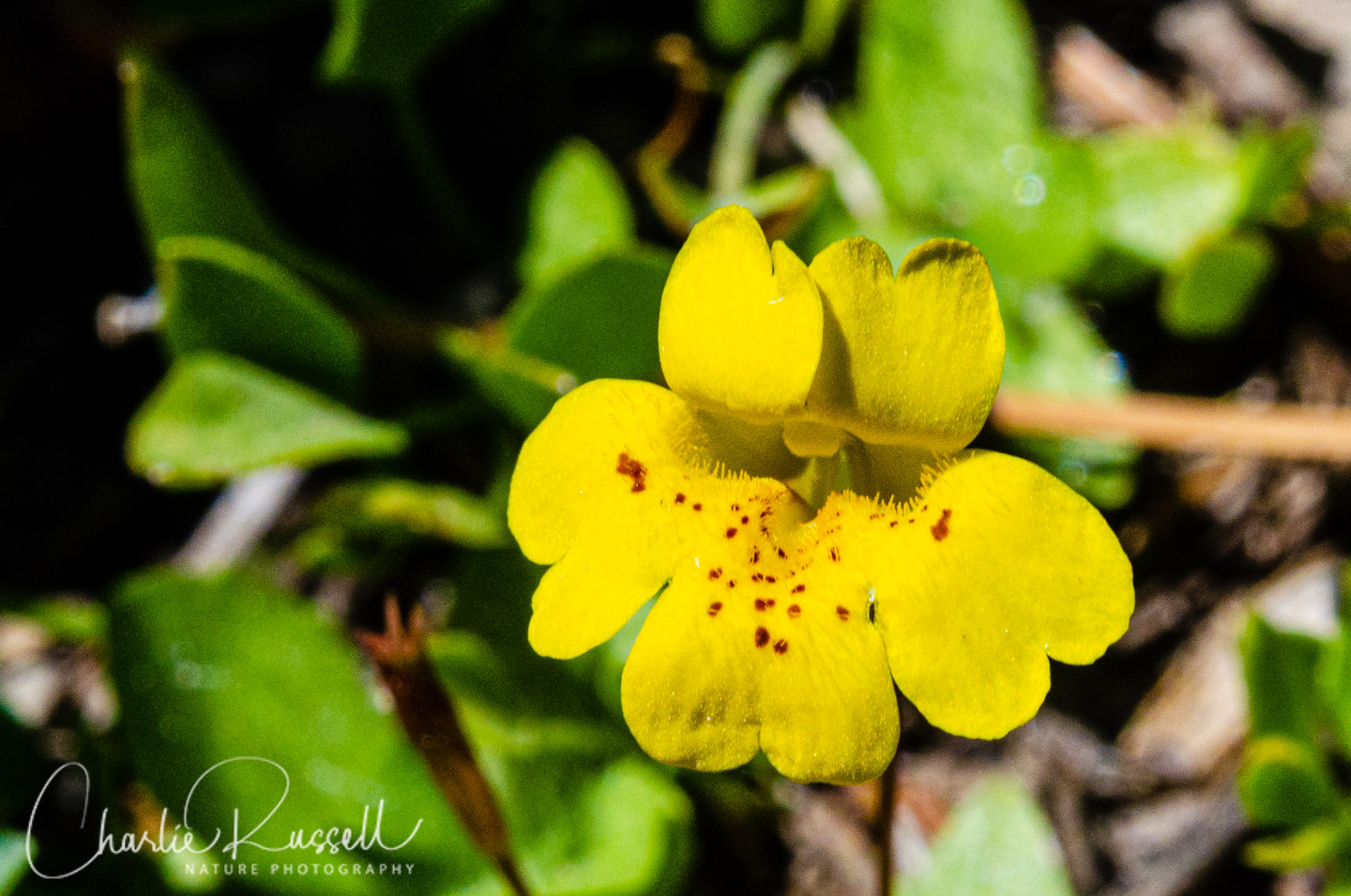

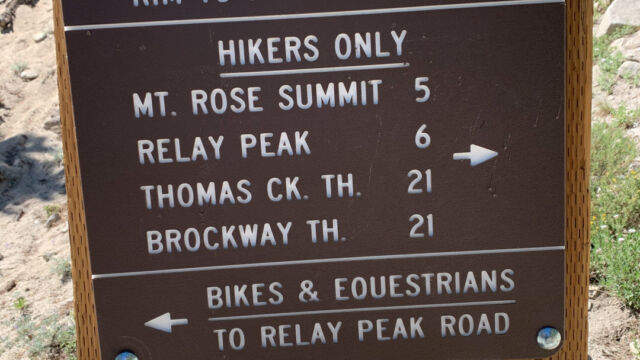
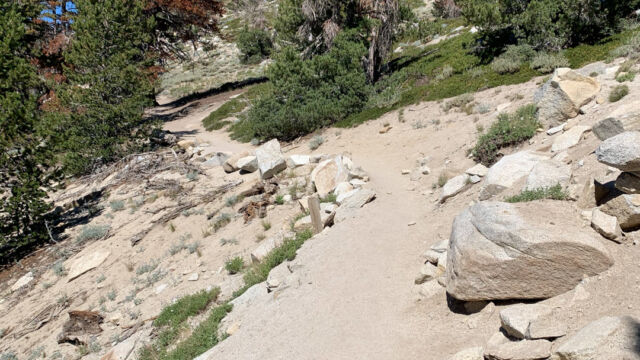


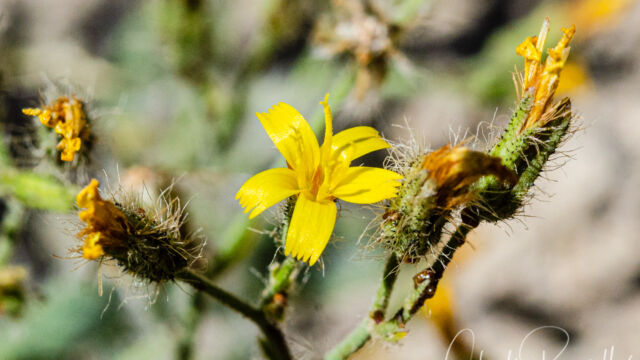
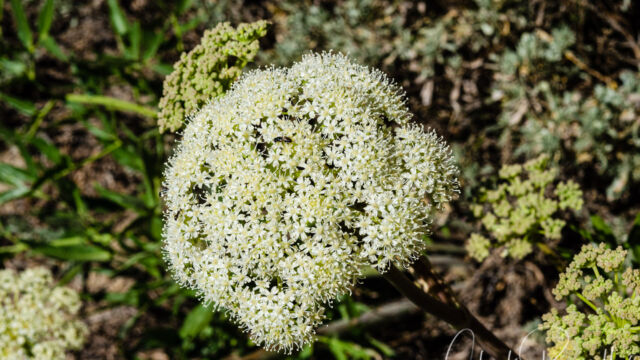
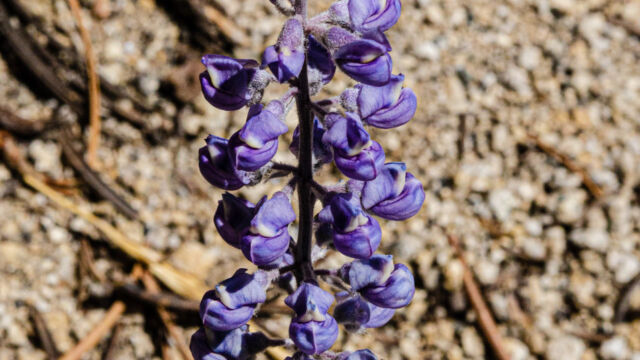
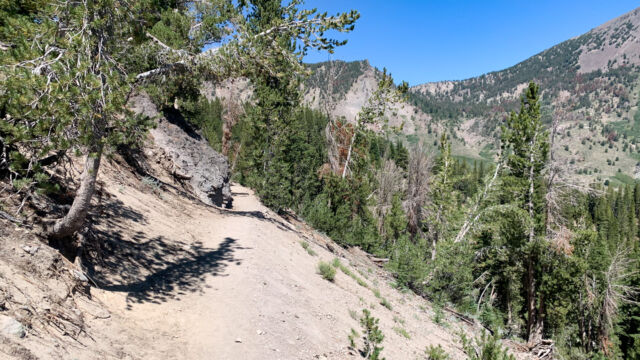
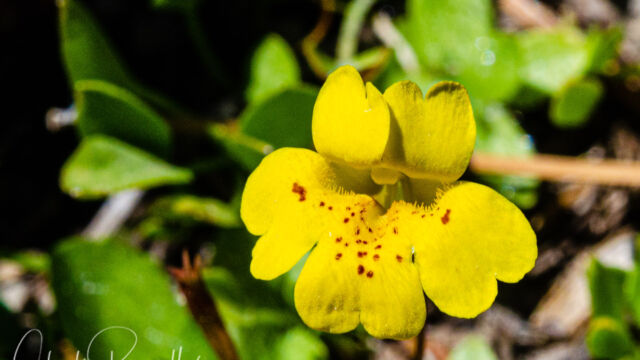


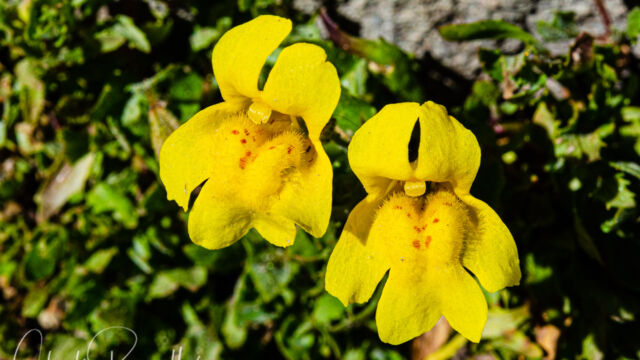
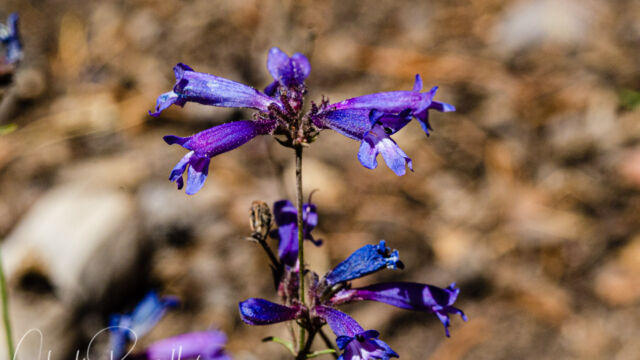

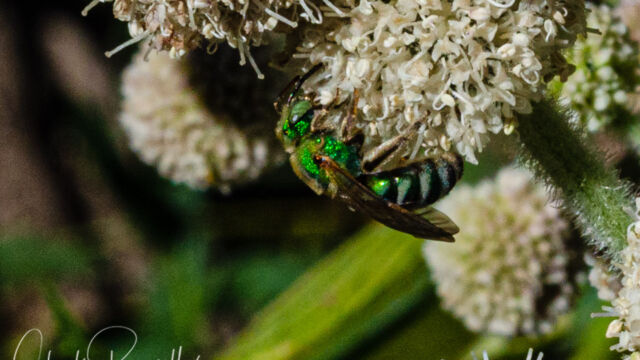
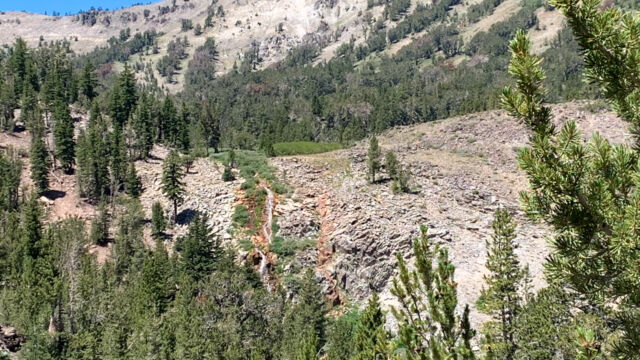
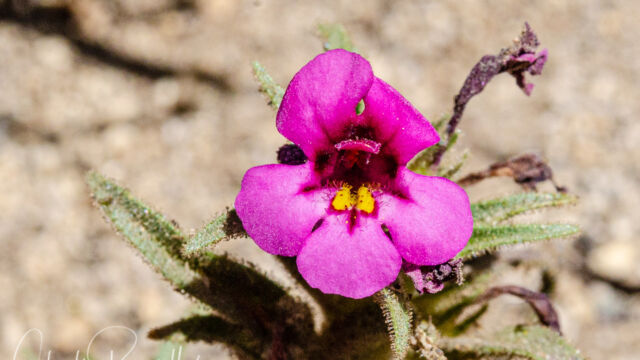
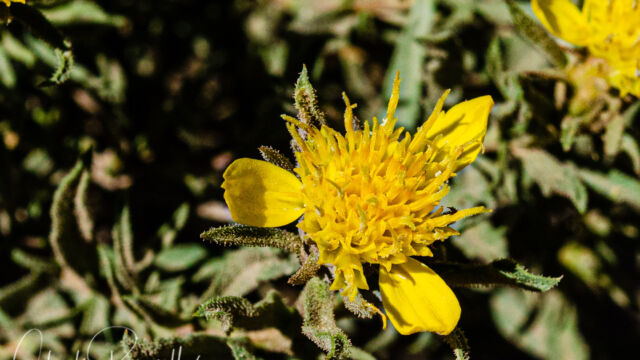
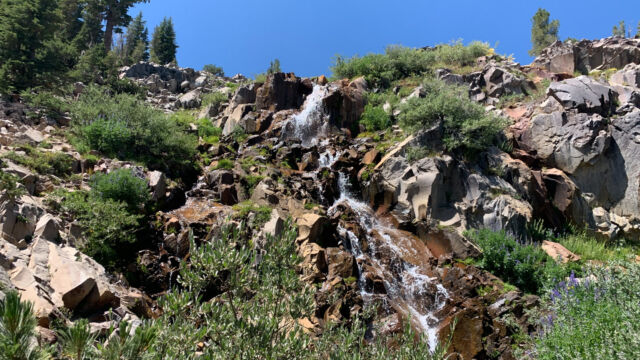
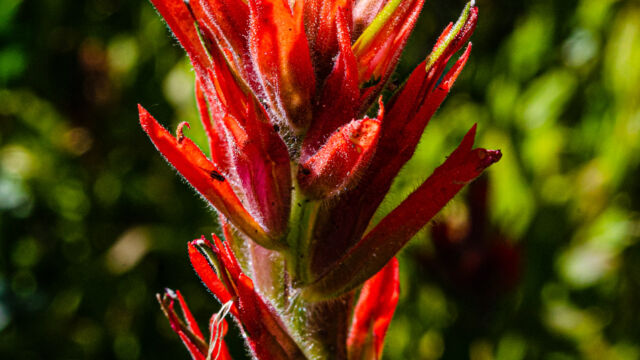
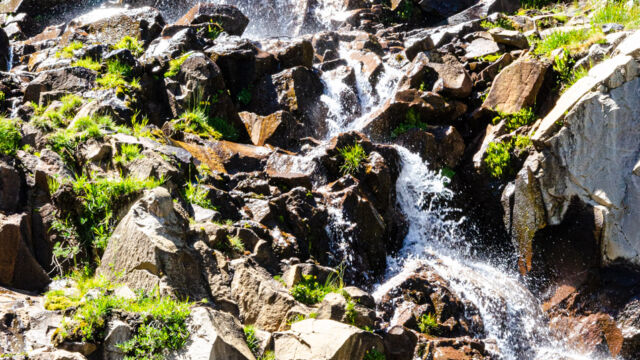
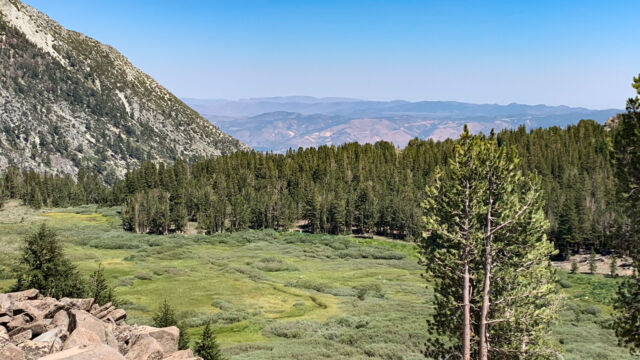
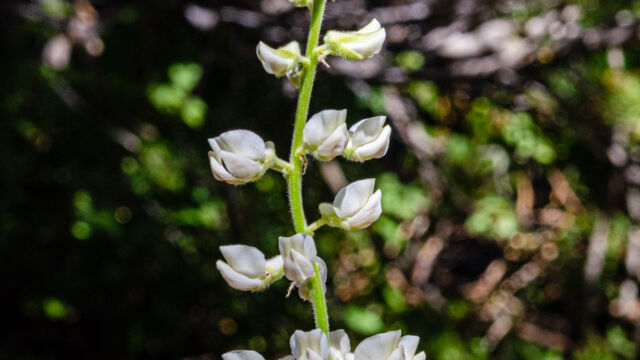
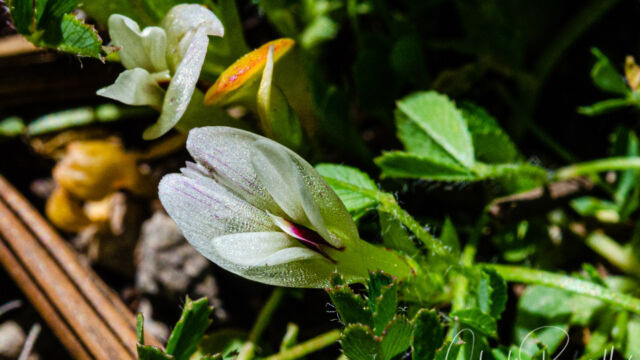
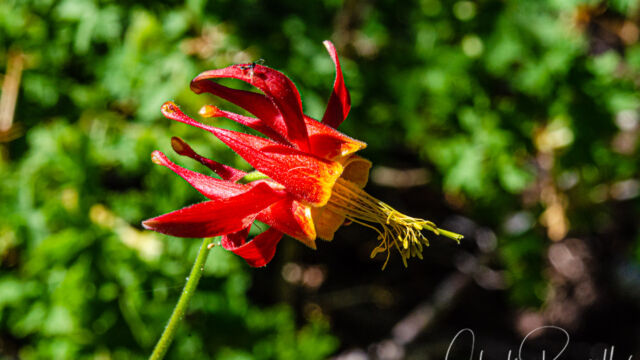
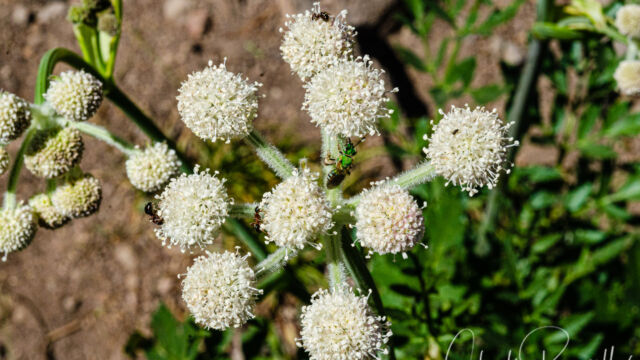

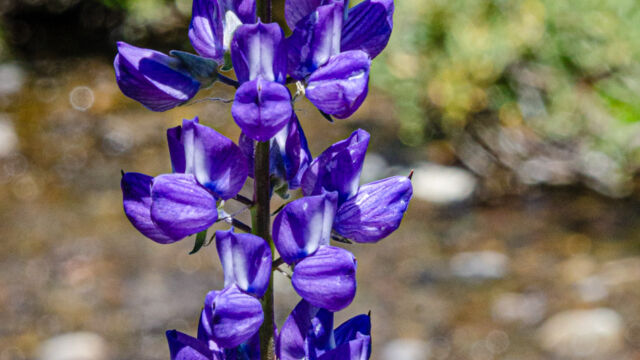
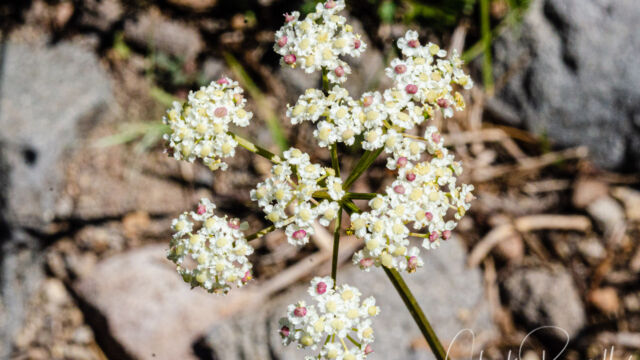
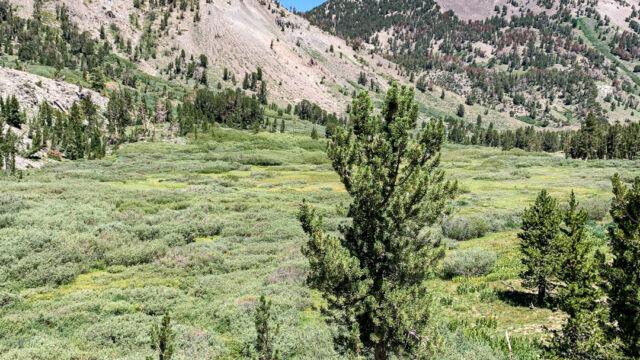
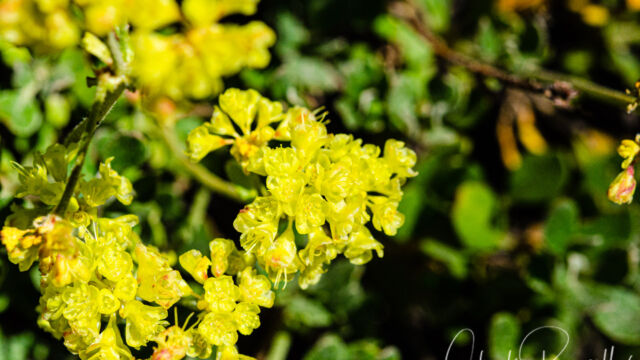
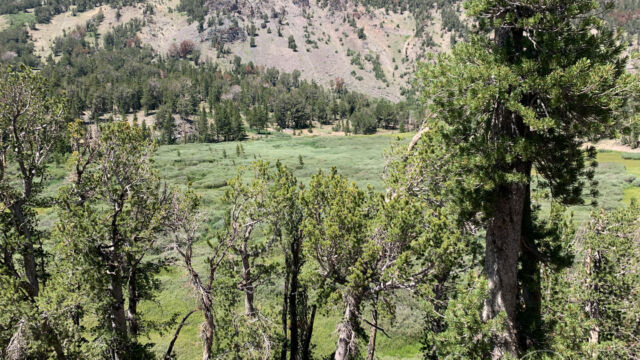
Add comment